Updated:
European Decimal
The decimal type of odds is one of the most common due to its simplicity of calculations. It has a decimal fraction format with a whole number, for example, 1.25 or 2.15. The closer the odds are to one, the higher the probability of a positive outcome of the bet. The decimal odds serve as a multiplier and indicate how much the bet made by the player will increase if it wins.
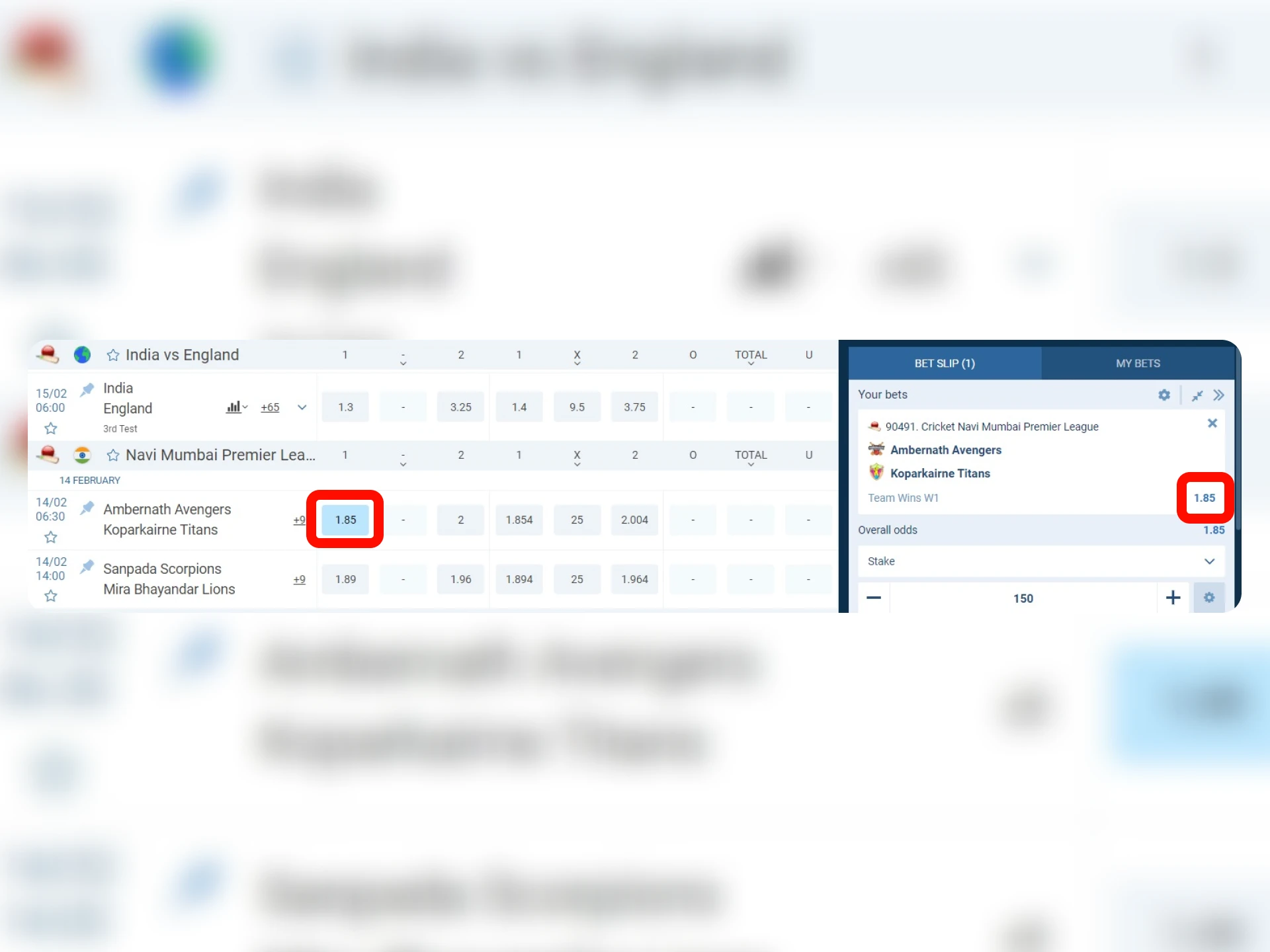
Example Calculation
For example, we can take a cricket match between Pondicherry South and Pondicherry West. The second team is the favorite in the match. In the event of their victory, a player who bets 100 rupees on them will receive 100 x 1.79 = 179 rupees.
IMPORTANT! This format is common in the Asian region as well, but there are specific features in calculating winnings described below.
British Fractional
Bookmakers in the United Kingdom, as well as partially in Canada and Australia, use fractional odds that describe the ratio of the net winnings to the total size of the bet. They are written as ordinary fractions in the format 3/5 or 11/7, where the numerator (the number before the slash or above the horizontal line) is the net profit that the player can receive if the bet wins. The denominator is the amount of the bet that the player must place to receive the profit described in the numerator.
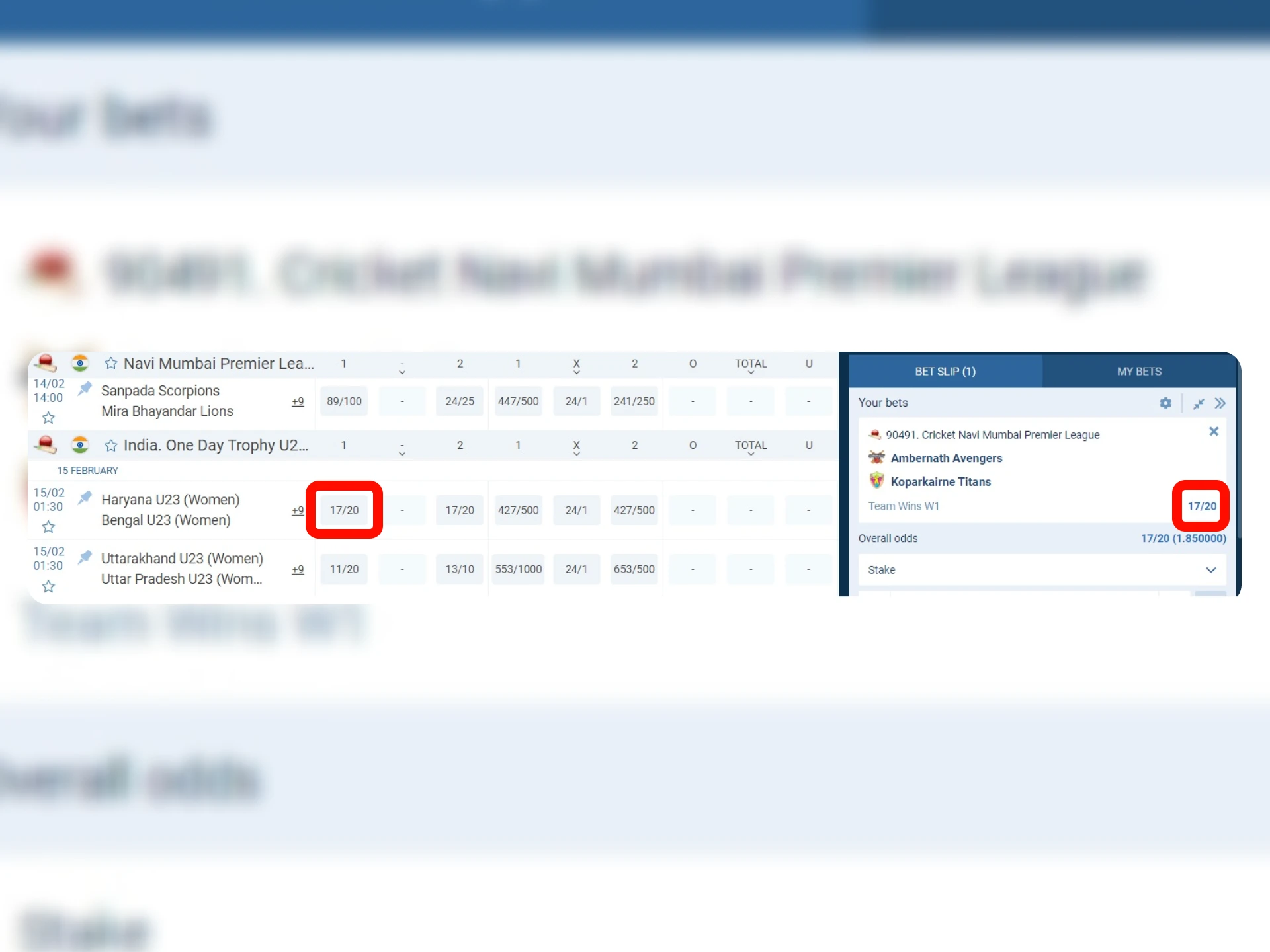
Example Calculation
There are several ways to calculate fractional British odds.
Events with high probability have a format where the numerator is smaller than the denominator, for example, 3/10. This means that to win three rupees, a player must bet ten rupees. Correspondingly, if the bet is increased by ten times — to 100 rupees, the player will win 30 rupees. Thus, the total amount of money credited to the player’s betting account will be 130 rupees.
Events with low probability have a format where the numerator is greater than the denominator, for example, 11/7. This means that by investing 7 rupees as a bet, the player can win 11 rupees. The total amount in the betting account will be 18 rupees. However, what if the player wants to bet 100 rupees? In this case, it is necessary to convert the fractional odds into decimal using the following formula:
1 + 11/7 = 2.57. To check, 7 x 2.57 = 18
American
The odds used in the United States, Mexico, and partially in Canada are called American odds and represent the most difficult format to understand. They consist of a whole number with a plus or minus sign in front of it, for example, +75 or -60. The probability of a successful outcome for an event is determined by the minus sign. In fact, the negative number describes the favorite of the sporting event. This odds format is tied to the number 100. With a negative value, it shows how much a player must bet to profit by the amount indicated in the odds. With a positive value, the odds show how much profit a player will make if they bet 100 units.
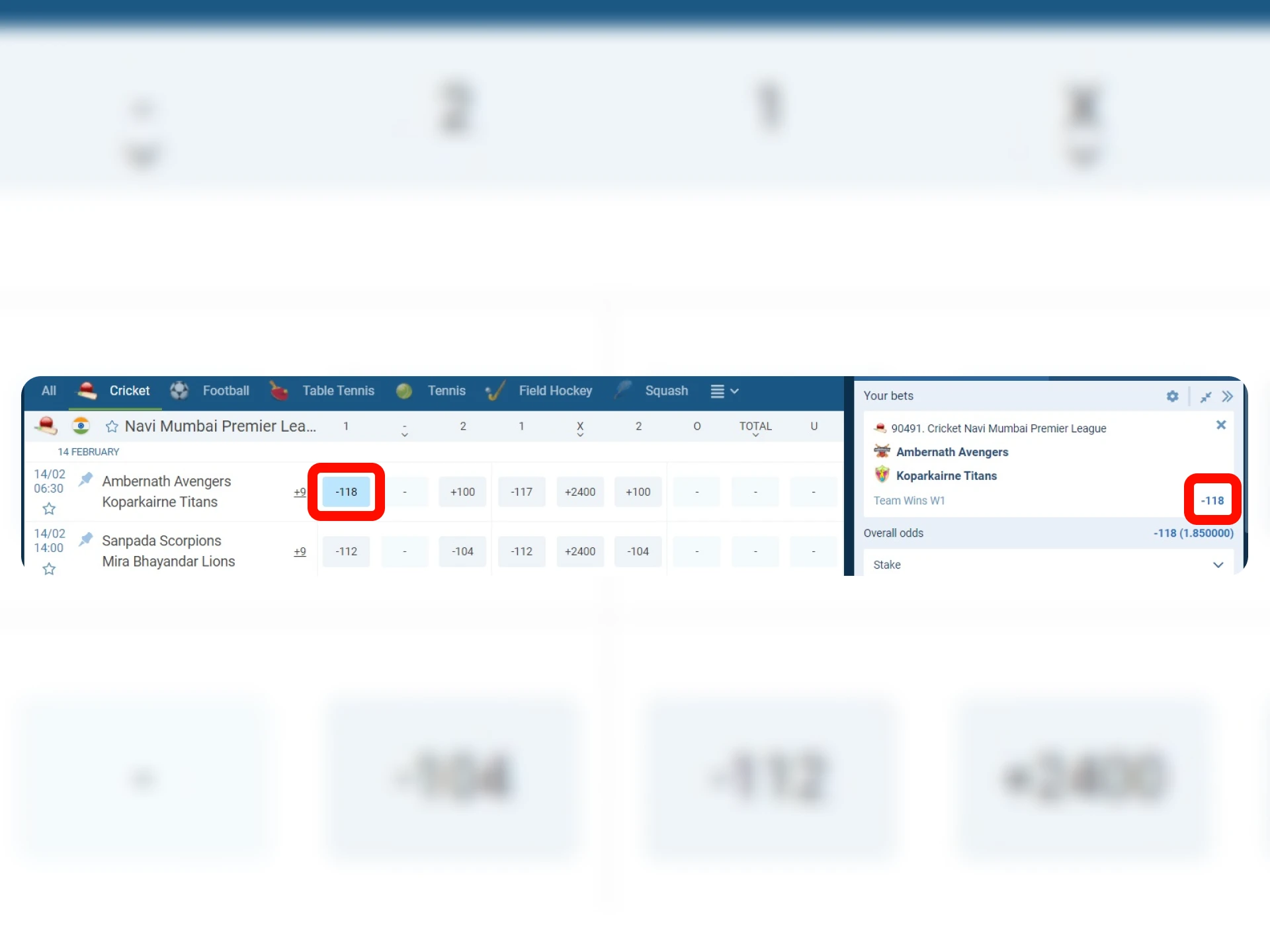
Example Calculation
If a player wants to bet on the favorite, whose odds are recorded as -250 rupees, then to profit by 100 rupees, they need to place a bet of 250 rupees. As a result, the amount credited to their account in case of winning will be 350 rupees.
If a player bets on the underdog — a team with a low probability of winning, expressed in the odds of +250, then to win this amount, they need to place a bet of 100 rupees. Thus, in case of winning, 350 rupees will be credited to their account, but the risk is only 100 rupees. However, if, similar to the previous bet, the player bets 250 rupees, their winnings will amount to 875 rupees, and the total amount credited to the account will be 1125 rupees.
American odds are converted to decimal as follows:
- For the favorite: (250 + 100) / 250 = 1.4;
- For the underdog: (250 + 100) / 100 = 3.5.
Asian
Although Asian bookmakers’ odds are often recorded similarly to European decimal odds, their calculation differs significantly. The following types of notation are most popular in the Asian bookmaker market.
Malaysian (Malay)
It takes the form of a decimal coefficient (up to the third digit after the decimal point) with a – or + sign before the number. For example, 0.445 or -0.125. It is calculated similarly to the American odds, indicating the profit a player can expect:
- For negative odds — by investing one unit of currency;
- For positive odds — by investing the specified amount of currency to receive one unit of profit.
In essence, this coefficient is completely analogous to the American odds but is calculated based on the amount of 1 instead of 100.
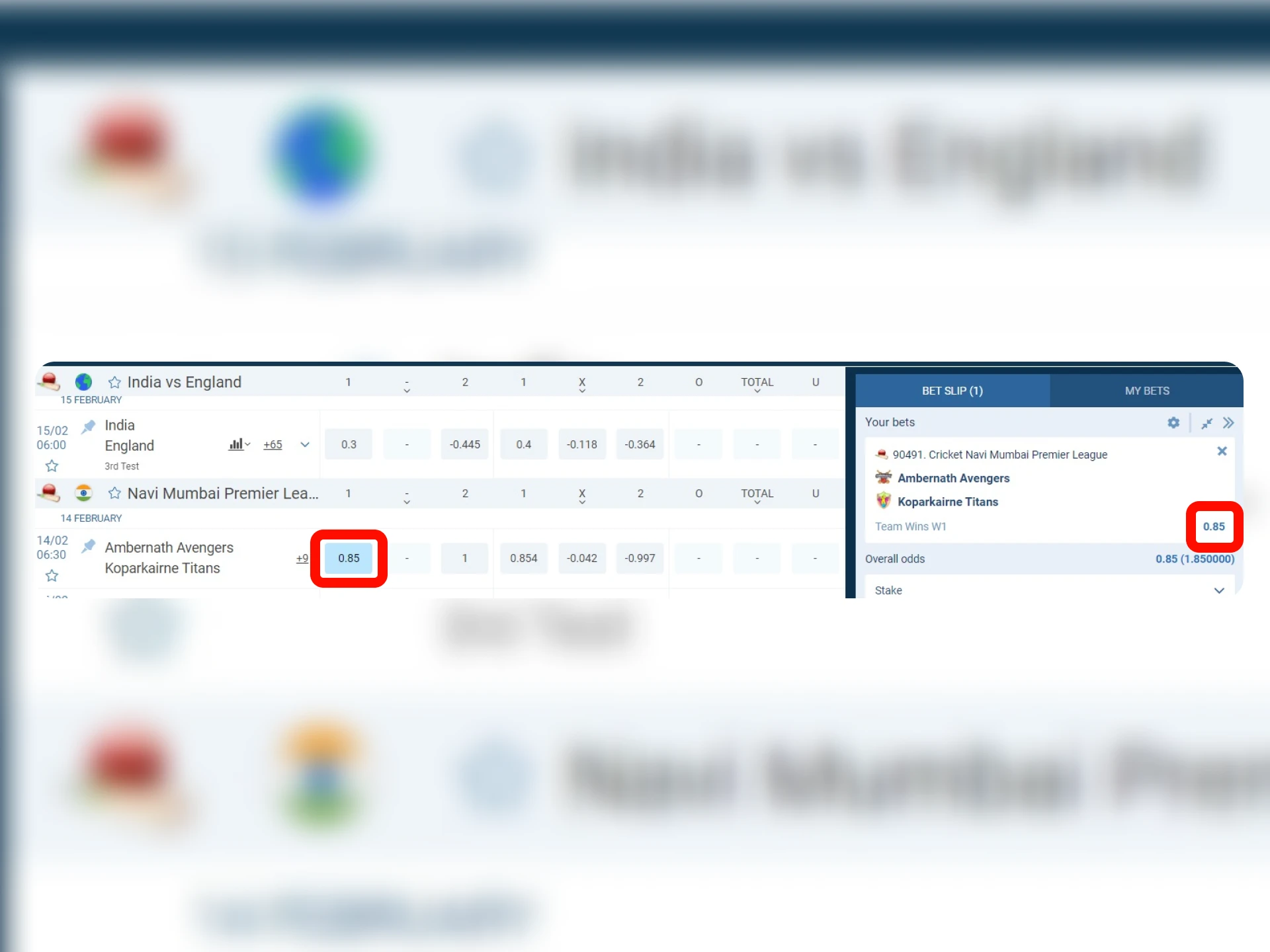
Hong Kong
The notation is similar to the decimal system. However, the coefficient itself represents not the total amount that the player will receive in their account, but solely the amount of profit. For example, a coefficient of 0.75 with a bet of 100 rupees would mean a potential profit of 75 rupees. In the event of a positive outcome, 175 rupees will be credited to the player’s account.
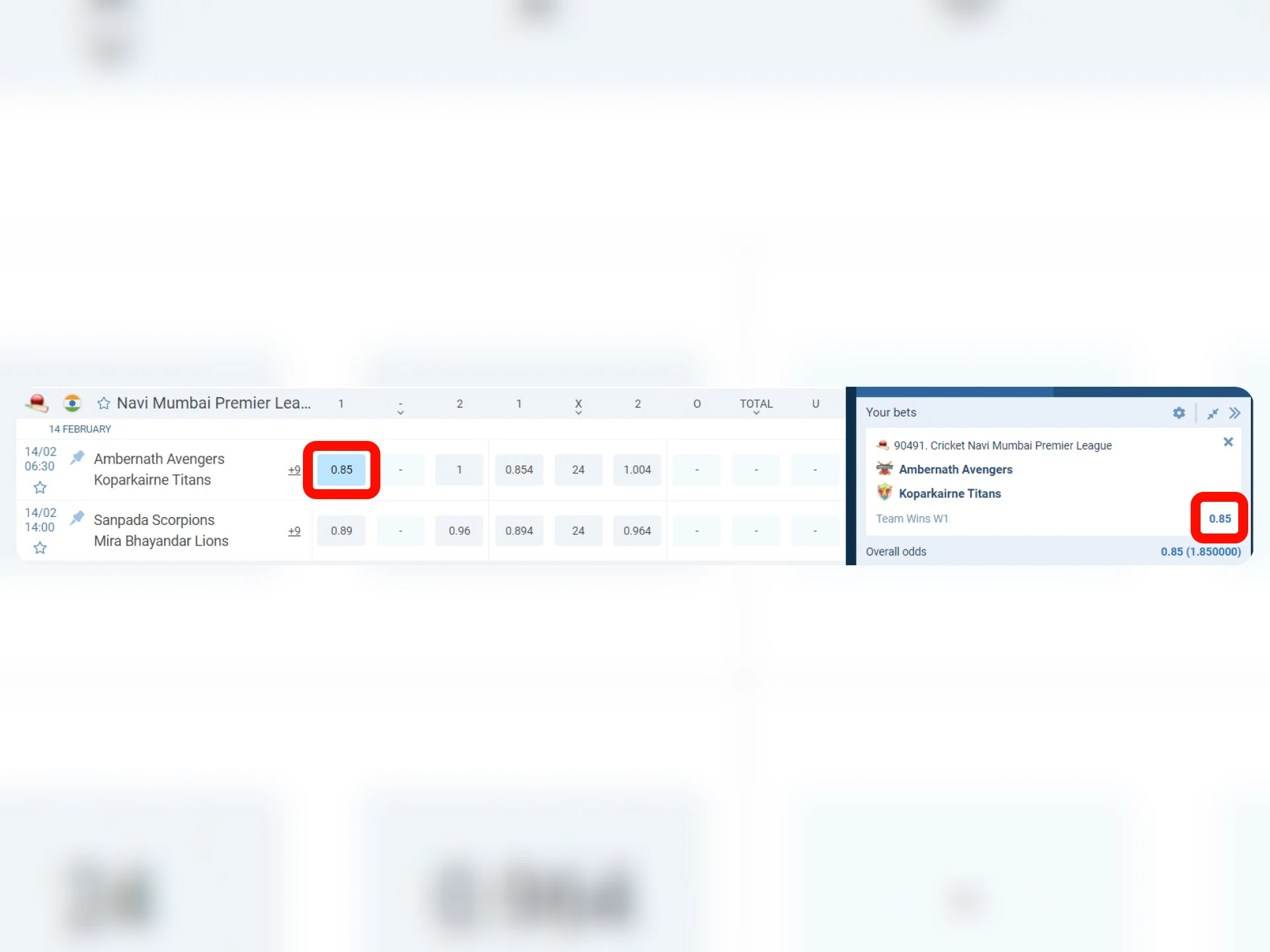
Indonesian
Combines the calculation rules of the previous two Asian coefficients. It has a decimal number format with a + or – sign before it. The calculation is carried out as follows:
- A negative coefficient, for example, -1.75, indicates how many rupees need to be bet to receive a net profit of 1 rupee;
- A positive coefficient, for example, +1.2, shows the net profit that the player will receive if they bet one rupee.
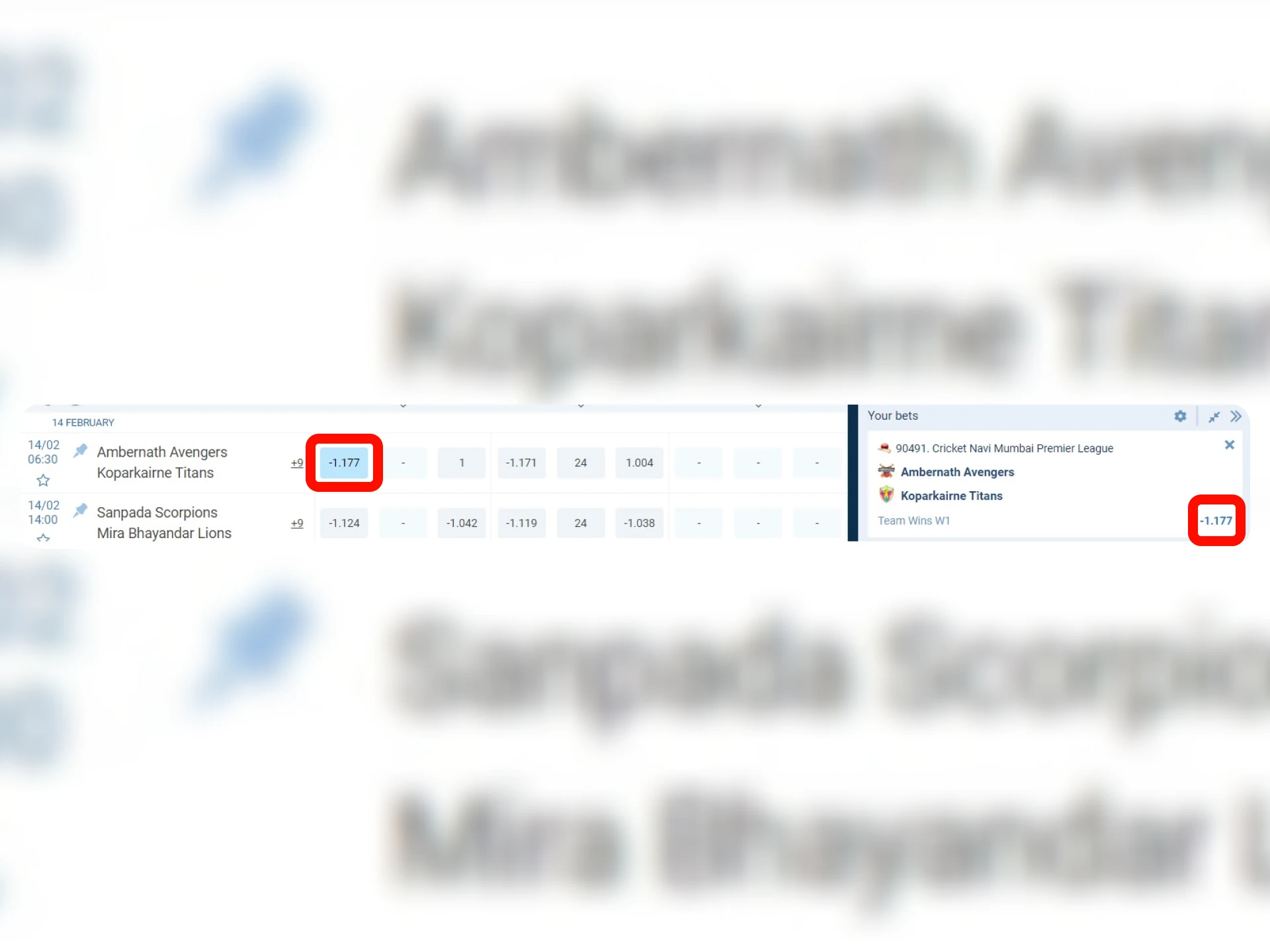
Summing Up
The current trends in online bookmakers show that players prefer a simplified system for calculating winnings using European odds. British fractional odds are much less frequently used, and Asian odds are usually presented on bookmakers’ websites as an additional service rather than a primary offering.

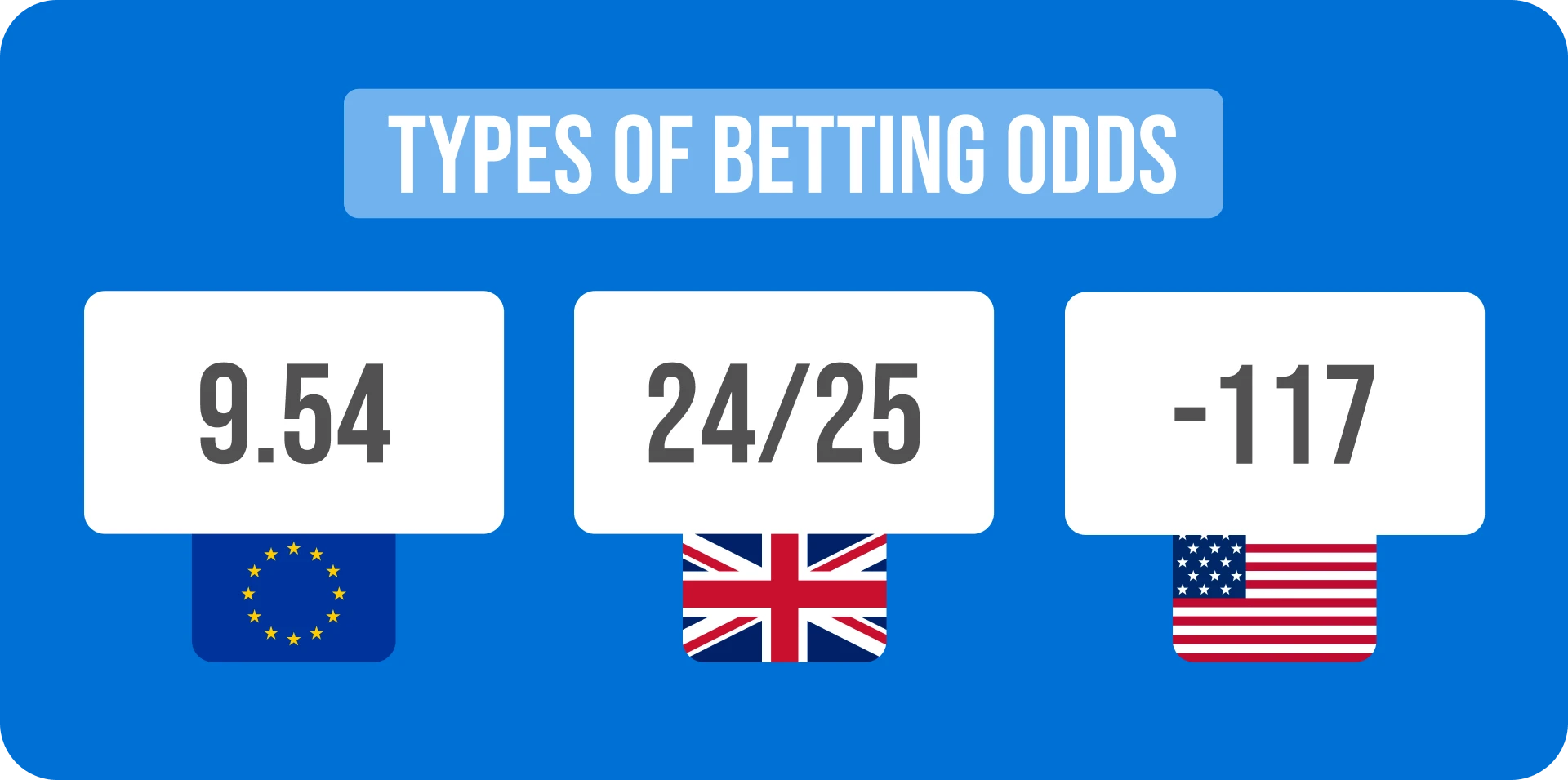
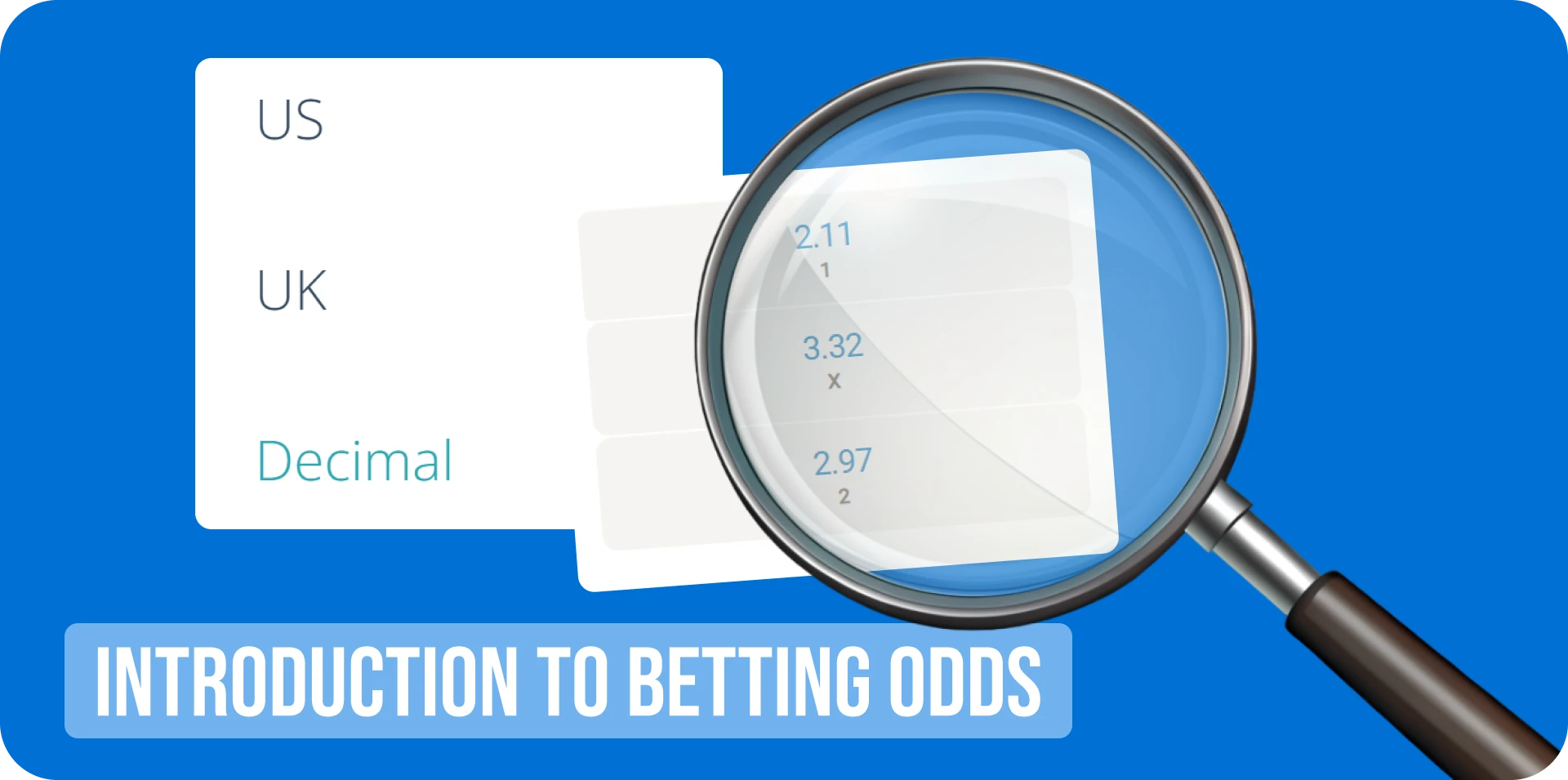
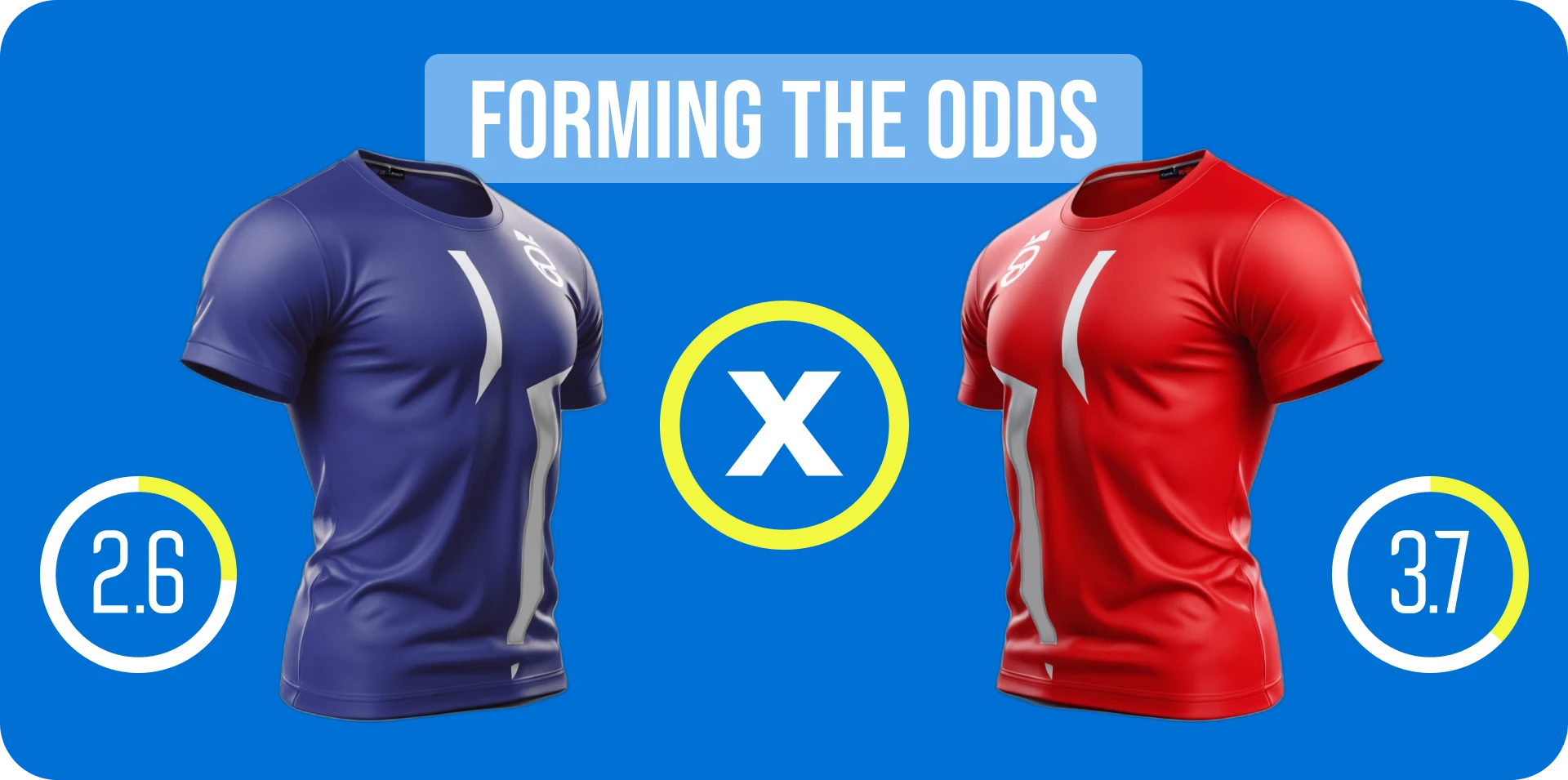
Comments